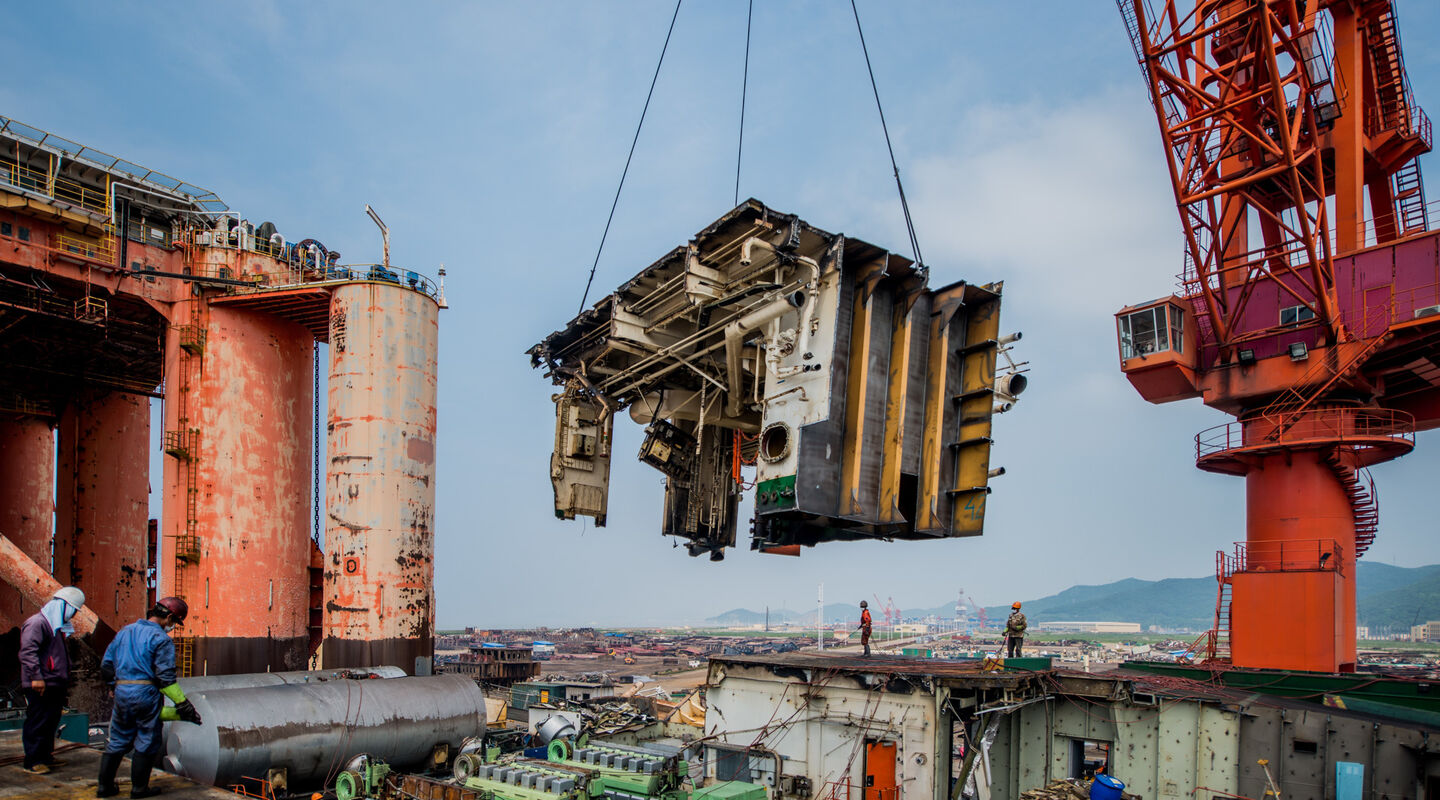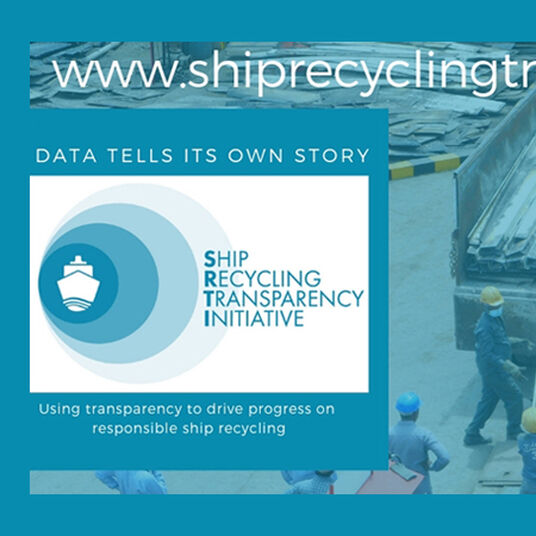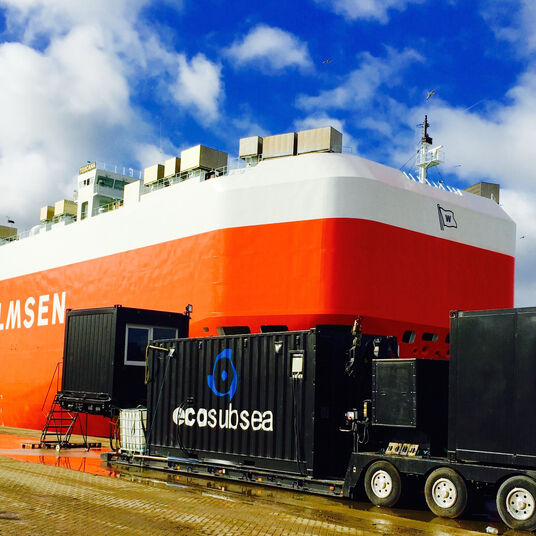Introducing the Ship Recycling Transparency Initiative: Why the time for change is now
Wallenius Wilhelmsen has practised responsible, sustainable recycling for decades, and is now one of the founding signatories of the Ship Recycling Transparency Initiative (SRTI). We speak to Andrew Stephens, executive director of the Sustainable Shipping Initiative, about his hopes for the future.

What are the main aims of the Ship Recycling Transparency Initiative (SRTI)?
We want to transform policy, practice and performance in the industry in the absence of a global regulatory environment for ship recycling. The Hong Kong International Convention for the Safe and Environmentally Sound Recycling of Ships requires ratification by 15 states before it comes into force, and the EU Ship Recycling Regulation only covers the industry in Europe.
How does the initiative work?
It isn’t a standard or rating tool. It’s an online platform that shipping companies can use to disclose relevant information on ship recycling. We think that through the simple act of companies being transparent about their approach to ship recycling, we can support improvements from cradle to the grave.
Why is it so important that vessels are safely recycled?
It’s really about worker safety. There’s been a history of harm to workers in the ship recycling industry, whether that’s been through injuries, illness or exposure to hazardous materials. Marine biodiversity is also affected by ships being dismantled in an irresponsible manner – we’ve seen contamination of beaches and sea life. We want the SRTI to shine a light on responsible ship recycling practices.
What types of practice might we hope are more regularly adopted in the ship recycling industry?
They could be as basic as providing the correct goggles, hard hats and boots for workers – the correct clothing for the job. They could mean the right training for using tools, and the correct health and safety and evacuation training. There’s been a history of accidents and deaths because these basics haven’t been in place.
Is this long overdue in the industry?
It’s widely acknowledged that ship recycling is one of the least safe industries globally for its workforce. It’s difficult to predict how fast we can change that, and we’re relying on leading companies in the shipping industry to do it. The scrutiny of ship recycling is increasing, and ship owners are being increasingly encouraged to look carefully at the end of life of their assets.
Who are the founding signatories of the SRTI?
They include not just Wallenius Wilhelmsen, but also The China Navigation Company, Hapag-Lloyd, A.P. Moeller-Maersk, NORDEN and Stolt Tankers, as well as financial stakeholders such as GES, Nykredit and Standard Chartered Bank. We’re looking at involving everyone we can across the shipping value chain. That includes cargo owners – we think they also have an important part to play in delivering on the initiative.
What would you like the SRTI to have achieved in five years’ time?
Hazardous waste arising from ship recycling will be properly dealt with and disposed of, and the impact of ship recycling on the coastal environment and marine life will have lessened. The industry will also have improved its credentials in terms of the wider socio-economic benefits of the areas in which it is working. Ship recycling is the last part of the maritime industry where big health and safety improvements are needed. Just as there’s the entirely correct focus on reducing lost time injuries on board vessels, we will eventually see a much-reduced injury rate and rate of loss of life in ship recycling.
Fast fasts
Ship recycling in numbers
- 835 - The number of ships recycled in 2017
- 80% - The percentage of those ships that reached the beaches of Bangladesh, India and Pakistan
- 52 - The number of worker deaths in the ship recycling sector in 2016
(Source: Shipbreaking Platform, NGO)


